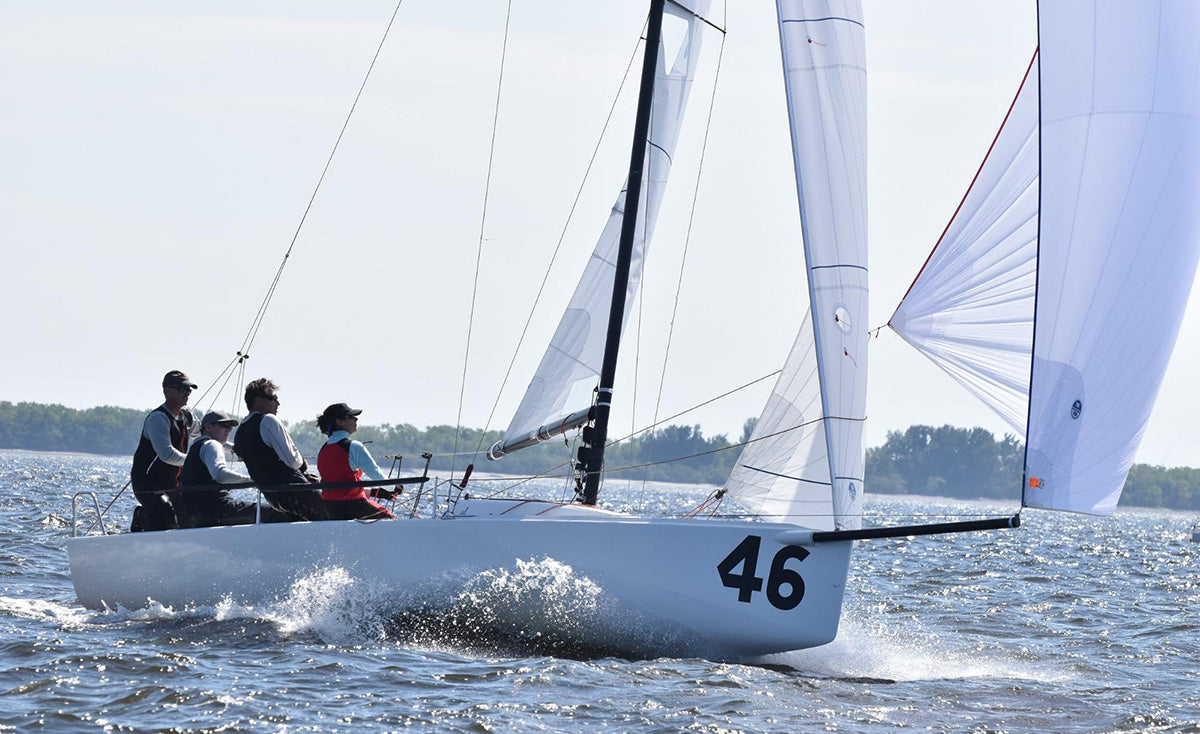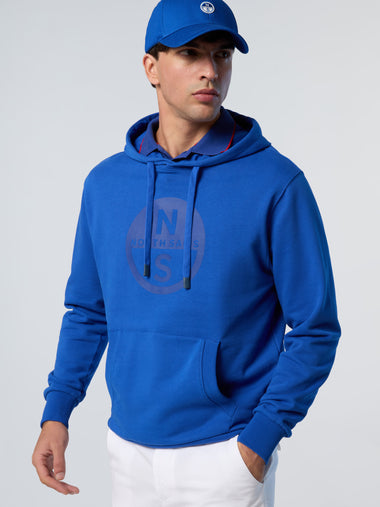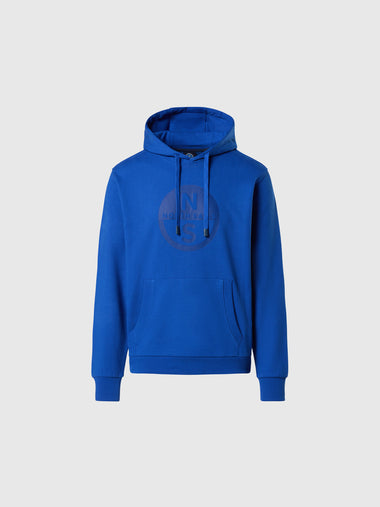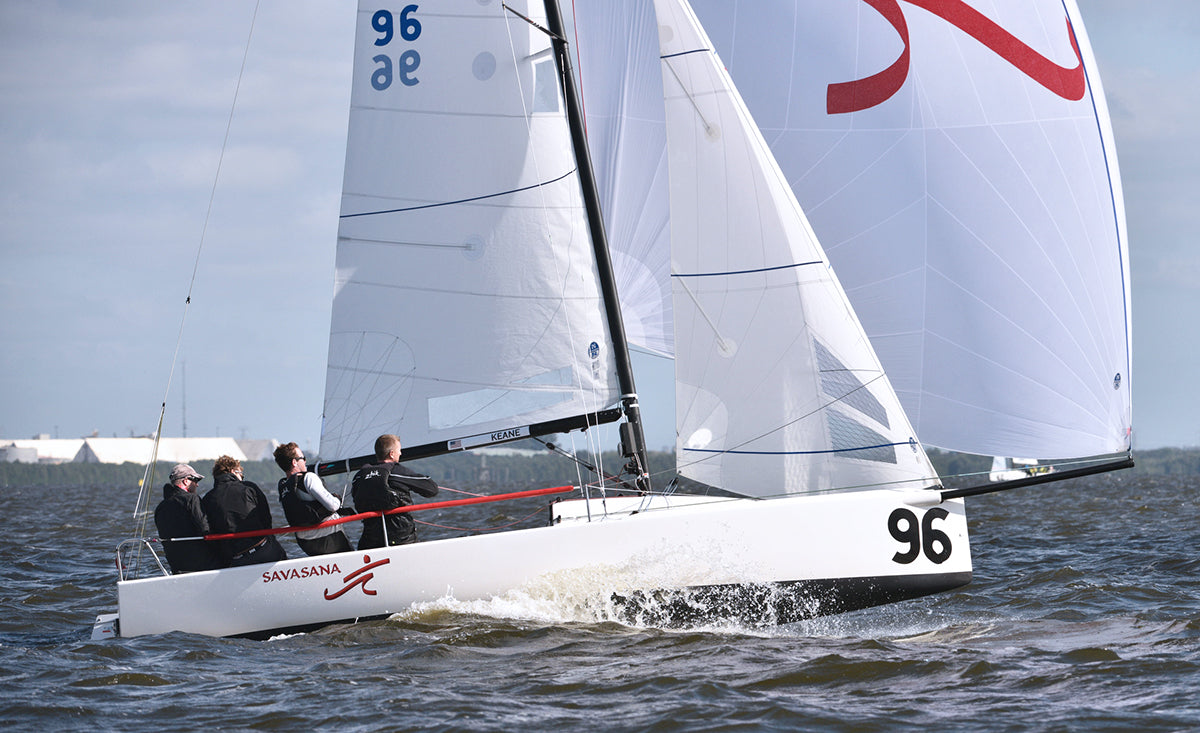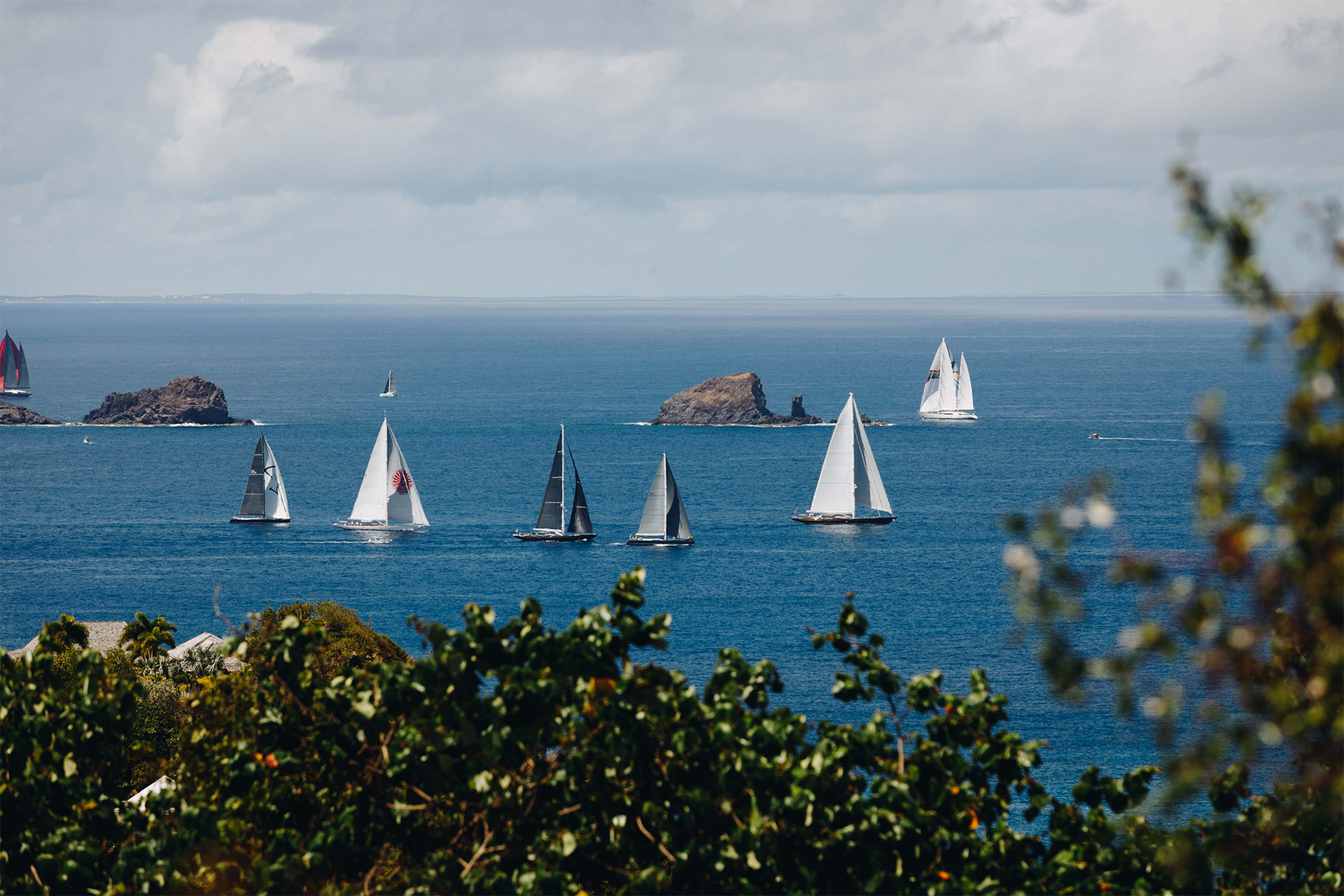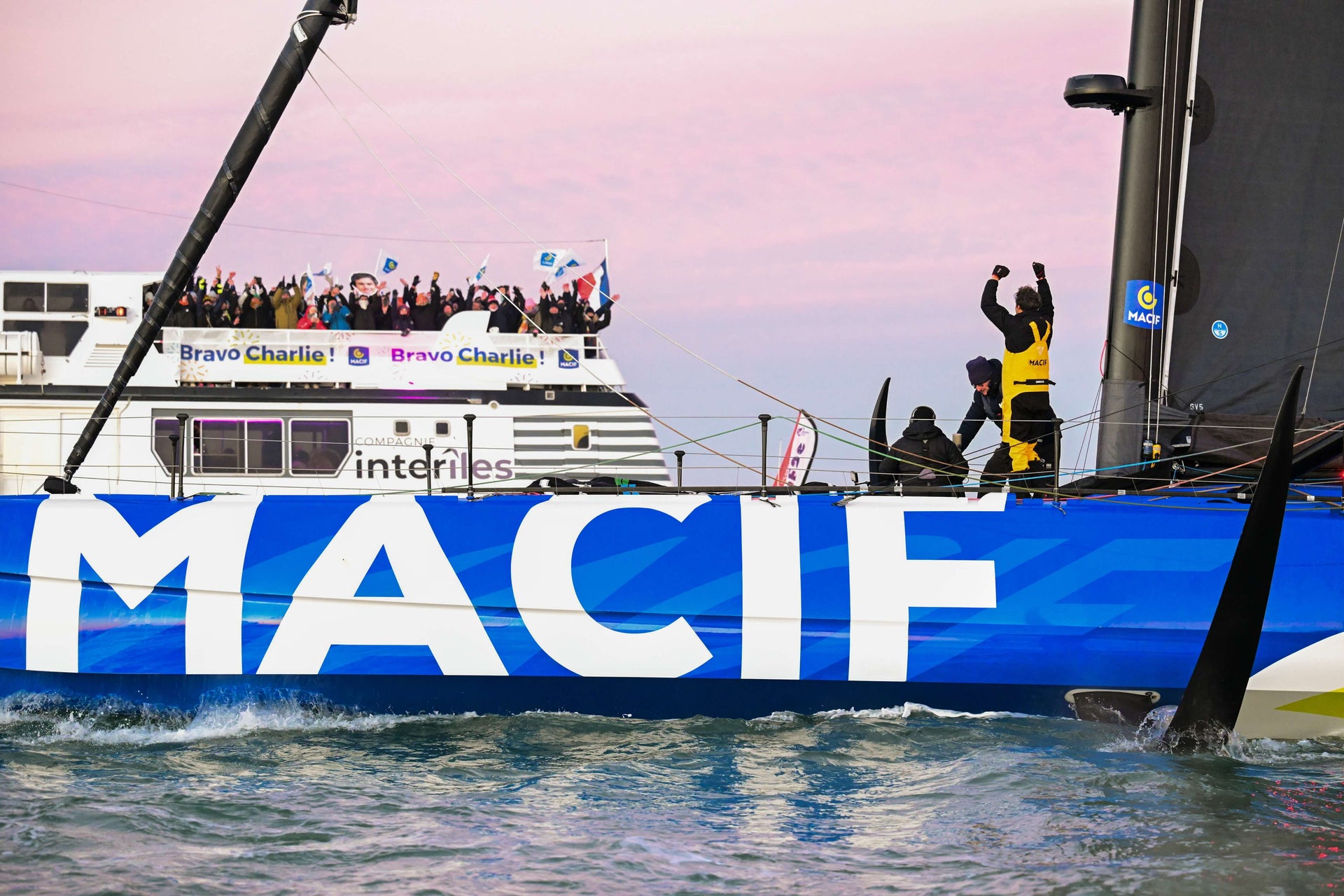NORTH CLIENTS SWEEP J/70 DIYC WINTER SERIES
NORTH CLIENTS SWEEP J/70 DIYC WINTER SERIES
Versatility of North Designs Prevails. Congratulations Team Savasana!

Sailing at the Davis Island J/70 Winter Series #3 was beautiful once again! The wind was strong out of the northeast on Saturday, 14-18 knots and a balmy 76 degrees. Sunday was just as nice with winds 8-14 knots and a high of 78 degrees. The race committee did a fantastic job to get the 50-boat fleet a total of seven races over the course of two days, making for a competitive weekend of racing.
Congratulations to Brian Keane and team Savasana for winning the weekend with four bullets on the scoreboard. The result secured Savasana the J/70 Winter Series overall victory. Keane used the North XCS-2 mainsail, J-6 jib and the AP-1 spinnaker.
We are especially happy for our clients finishing 1,2,4,5, taking the top two podium spots over the course of the series. When we asked Brian for his comments on the weekend, here’s what he said:
“We saw a variety of conditions throughout the Davis Island Winter Series which put a lot of demands on the sails. The versatility of North sails was key to our success in Davis Island. We could power up in the light air with flat sea state without inducing excessive drag. We could also quickly and efficiently de-power in windy conditions. Bottom line, we like working with North Sails because the versatility of their products allow us to consistently achieve top results.”
Our experts Tim Healy and Will Welles attended all the three events, helping clients and sharing everything they learned throughout the series. North Sails is a proud sponsor of the Davis Island Winter Series and the Friday Porch Series. Our team is happy to help competitors to get up to speed so they can be ready for the racing. Here are Tim and Will’s tips from the event #3:
Tim’s Tips: Acceleration Off The Starting Line
Preset controls: Set the backstay, outhaul, cunningham, and jib halyard before the start to minimize movement while boat is accelerating at start.
Mark sheets and know the powerup and full speed settings for that condition:
- Take notice of your marks on both the windward and leeward jib sheets, as well as main sheet.
- This is done prestart, always leave enough time to get to the race area and sail most of first beat to check marks, get heading numbers, and gauge speed with other boats.
- When the boat is going well and trimmed for speed, make note of the position of your marks.
Acceleration Sequence:
- Keep the vang loose for pre-start and only pull vang-on after you are fully sheeted in.
- Your crew should hit the rail and hike. Try not to move in for adjustments, if possible.
- Crew should quickly give speed and height feedback to driver and main trimmer.
- Main trimmer makes the final trim on the main and the jib, while the forward two crew stay out on the rail keeping the boat steady.
- Skipper should focus on accelerating and getting the boat up to max speed right at the start. Pointing will come after target speed is met.
Will’s Tips: Shifting Gears In Puffy Conditions
De-powering Sequence:
- Drop the traveler down.
- Pull backstay on.
- Vang sheet.
- Pull main cunningham on.
- Pull jib halyard on if wind speed has increased on average.
- Weather sheet off in the puffs. Pull back in the lulls.
(In light to medium breeze we play the leeward sheet and leave the weather sheet on).
The reverse of this sequence is used when we look for power. Main cunningham is the last thing we pull on and the first thing that comes off when looking for power. In a big lull we also ease a little backstay and bring the traveler up a couple inches. The key is to get good wind information from the crew on the rail, so you can prepare for the puff. I like to hear about the big puffs and the long lulls, which allows me to keep the boat at a constant angle of heel, making it easier to maintain maximum boat speed.
In case you missed our notes from event one and two: Tips from Series Opener | Takeaways from event #2
Get ready for the Spring sailing season with the fastest J/70 sails from North. Contact your local J/70 expert today!
